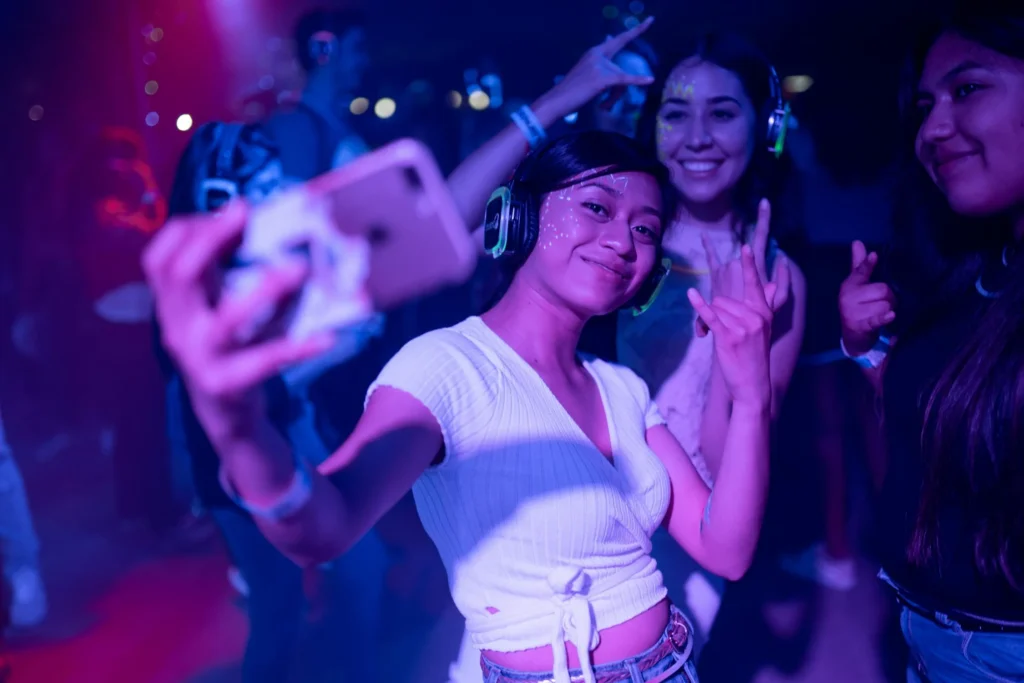The Impact of Micro-Influencers vs. Macro-Influencers

In the ever-evolving landscape of digital marketing, the choice between engaging with micro-influencers and macro-influencers has become increasingly critical. Understanding the impact of these influencer types is essential for crafting effective strategies that drive brand awareness, customer engagement, and ultimately, conversion rates. This article delves into the nuanced differences and significant impacts of both micro- and macro-influencers on marketing campaigns.
Understanding Micro-Influencers
Micro-influencers are individuals with a follower base ranging from 1,000 to 100,000. These influencers are often seen as more authentic and relatable to their audience due to their niche focus and genuine engagement. Micro-influencers typically operate within specific domains such as health and wellness, beauty, fitness, or technology, allowing them to build a dedicated and trusting audience.
- High Engagement Rates: Due to their smaller, more targeted audience, micro-influencers tend to have higher engagement rates. Their followers are more likely to like, comment, and share content, fostering a sense of community.
- Cost-Effectiveness: Partnering with micro-influencers is generally more budget-friendly compared to macro-influencers. This allows brands to collaborate with multiple micro-influencers within the same budget, thereby expanding their reach across various audience segments.
- Authenticity and Trust: Micro-influencers often have a personal connection with their followers. Their recommendations and endorsements are perceived as more credible and trustworthy compared to those of macro-influencers.
Understanding Macro-Influencers
Macro-influencers typically have a follower count ranging from 100,000 to millions. These individuals are often celebrities, industry experts, or social media stars with a broad and diverse audience. While their reach is vast, the nature of their engagement differs significantly from that of micro-influencers.
Advantages of Macro-Influencers
- Massive Reach: Macro-influencers can deliver a brand’s message to a large and diverse audience. This is particularly beneficial for brands aiming to increase brand awareness on a global scale.
- Professionalism and Quality Content: Many macro-influencers have access to professional resources, resulting in high-quality content that aligns with a brand’s image and marketing goals.
- Influence and Authority: Due to their celebrity status or expertise, macro-influencers possess significant influence and authority. Their endorsements can lead to substantial brand credibility and trust among their extensive follower base.
Comparative Analysis: Micro-Influencers vs. Macro-Influencers
Reach and Engagement
Micro-influencers generally exhibit higher engagement rates due to their focused and interactive communities. In contrast, while macro-influencers boast a larger reach, their engagement rates may be lower due to the dilution of personal connections.
Cost and ROI
The cost of partnering with macro-influencers is considerably higher. However, the ROI can be substantial if the campaign’s goal is widespread visibility and brand recognition. On the other hand, micro-influencers offer a better ROI in terms of engagement and authentic interactions, making them suitable for niche campaigns.
Content Authenticity
Micro-influencers are often seen as more genuine and approachable, with content that resonates on a personal level. Macro-influencers, due to their broad audience, might create content that appears more commercial and less personalized.
Audience Targeting
Micro-influencers excel in reaching specific audience segments due to their niche focus. This makes them ideal for brands targeting a particular demographic or interest group. Macro-influencers, however, are better suited for campaigns aiming to reach a broader and more diverse audience.
Case Studies
Successful Micro-Influencer Campaigns
Glossier, a beauty brand, leveraged micro-influencers to build a community-driven marketing strategy. By collaborating with micro-influencers who genuinely loved their products, Glossier was able to create a buzz and achieve organic growth.
Gymshark, a fitness apparel brand, also utilized micro-influencers to reach specific fitness communities. This strategy resulted in high engagement rates and strong brand loyalty among fitness enthusiasts.
Successful Macro-Influencer Campaigns
Nike has consistently partnered with macro-influencers, including celebrities and professional athletes, to enhance brand visibility and credibility. These collaborations have significantly boosted Nike’s brand image and global reach.
Samsung leveraged macro-influencers to promote the launch of its Galaxy series. By partnering with tech experts and celebrities, Samsung was able to generate substantial media coverage and consumer interest.
Choosing the Right Influencer for Your Brand
The decision to engage with micro-influencers or macro-influencers depends on various factors, including campaign goals, budget, and target audience.
Considerations for Micro-Influencer Partnerships
- Budget Constraints: Ideal for brands with limited budgets seeking high engagement within specific niches.
- Targeted Campaigns: Suitable for campaigns targeting specific demographics or interest groups.
- Authenticity Needs: Perfect for brands aiming to build trust and credibility through genuine interactions.
Considerations for Macro-Influencer Partnerships
- Wide Reach Goals: Best for campaigns aiming for widespread visibility and brand recognition.
- High Budget Availability: Suitable for brands with larger marketing budgets.
- Authority Building: Ideal for brands looking to leverage the influence and authority of well-known personalities
Conclusion
Both micro-influencers and macro-influencers offer unique benefits and can significantly impact a brand’s marketing efforts. The key to a successful influencer marketing strategy lies in understanding the strengths and limitations of each influencer type and aligning them with your brand’s goals and target audience. By carefully selecting the right influencers, brands can harness the power of social media to achieve unparalleled engagement, reach, and conversion rates.